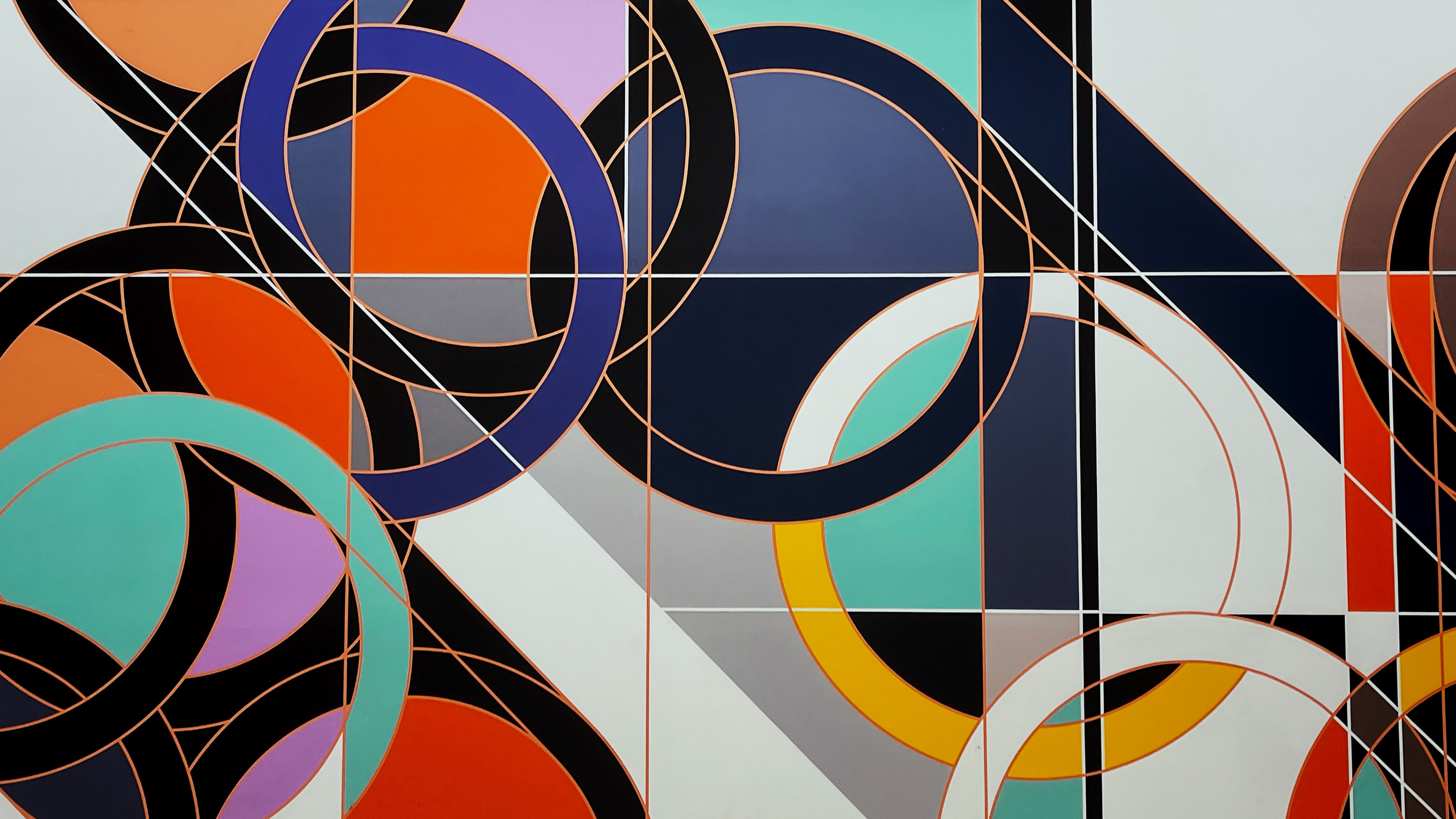
Creative Mode: How to Keep the Flame of Creation Burning?
Many people ask me where my songs, projects, texts, and the source of my creativity come from. How do I access the melodies, lyrics, songs, texts, and projects that I bring into the world? There are no formulas. It has been a long journey for me to understand the mechanism of keeping the flame of creativity alive, but these years of composition have brought me some insights. It is necessary to free up space on our hard drive, to clean the emotional and mental clutter from our operating system, so that we can engage with the content that interests us and is available in the network of ideas, and thus, create. Memories, emotions, achievements, regrets, conflicts, farewells, missed connections, projects, childhood, adolescence, unresolved relationships—these continue to drain our energy for years, preventing us from being and creating.
In the “Art” chronicle, I wrote about the separation of art and technique, intellect and mind, and how we struggle to deal with our emotions. It’s worth reading to understand how we have been culturally “forbidden” to feel, especially so-called negative emotions. We run away from problems, from pain; we can’t bear to look in the mirror, to confront our traumas. Culturally, we live in lies. From a young age, we create mechanisms to deceive others and ourselves. Small or large, lies do not allow us to be who we are. Somewhere within, we know this, and so we fill our system with small bugs, errors that gradually manifest as bigger problems capable of freezing certain programs, making the machine increasingly slower until it crashes. The process of burying traumas and lies under the rug is the antithesis of creation.
This is precisely how we distance ourselves from our creative selves and our well-being.
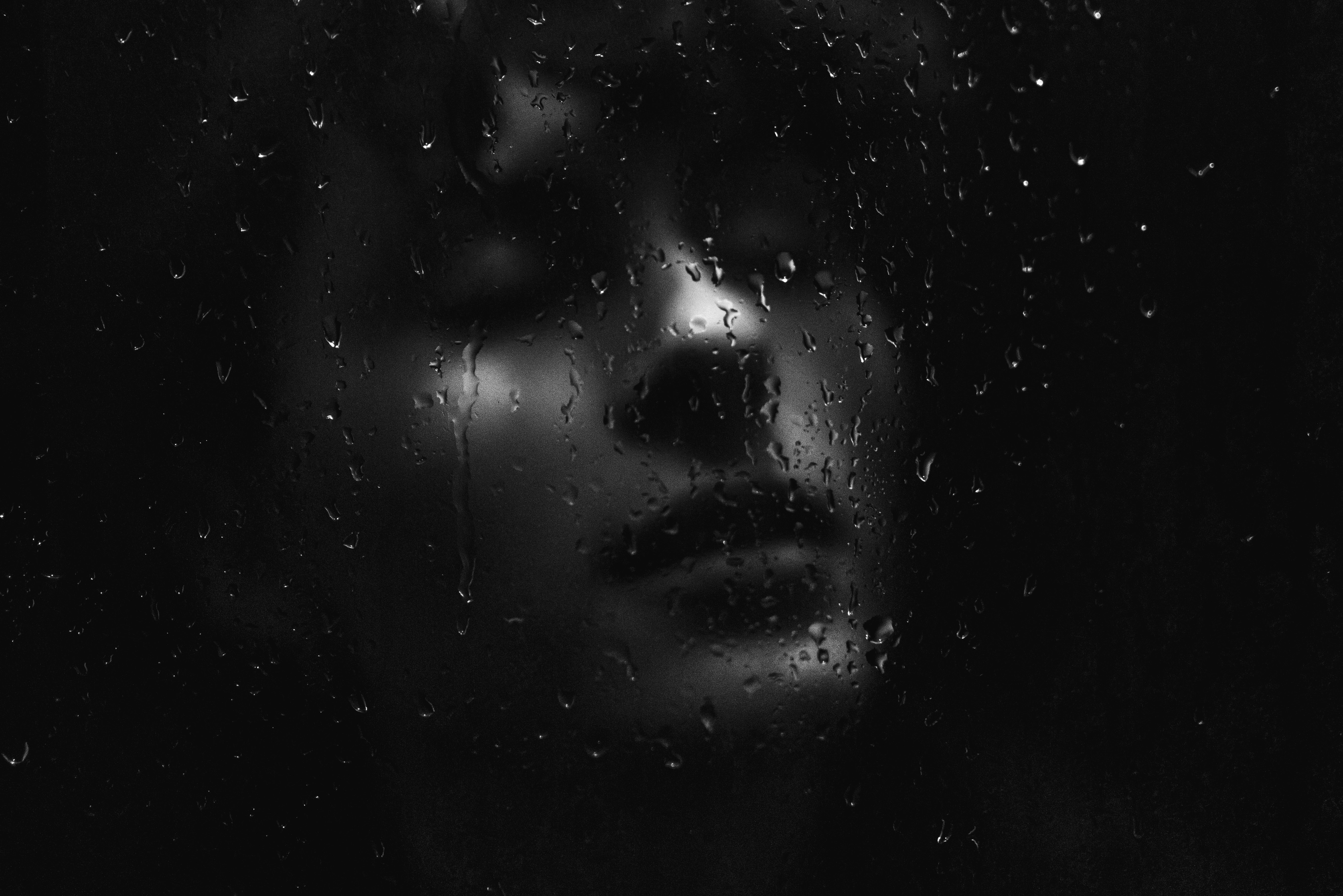
But I propose taking a step back, into Greek mythology, and examining how the “shadow” has occupied our collective imagination! Orpheus, son of Apollo and the muse Calliope, had the gift of music. He always carried his lyre, a small harp, with him. He played melodies so perfect and sweet that they could calm any beast. Even animals would stop to listen. Because of his musical abilities, he was taken on adventures with the Argonauts. With his sound, Orpheus would protect them from the enchanting songs of the sirens. The nymph Eurydice fell in love with him. The rest is a classic Greek tragedy. Not even his musical gifts saved Orpheus from his own hell, from the shadows reflected in the underworld of Hades and Persephone.
The myth of Orpheus lives within us. Greek tragedy guides our underdevelopment, our subtext, our subconscious, our sub-everything. As far as our imagination can reach, we have spent millennia killing and dying to survive. Dominated and dominating, on the defensive, believing that the other was the threat. We have remained entrenched in our caves for too long, subjugated by our ghosts.
During the Middle Ages, we endured centuries of violence, bloodshed, public hangings, heads on platters, and various types of horror. We then moved into the Romantic period, which offered yet another reinterpretation of Greek tragedy in its narratives that inevitably ended in suffering and death for the sake of “love.” Even today, the stories portrayed in mass-produced films replicate scripts of misery, as exemplified by the TV series “Game of Thrones” and many others. These stories are reflected in our daily lives when we observe global rates of femicide. For millennia, we have been attuned to barbarity, victimization, pain, sadness, regrets, by the low vibrations produced by these emotions.
But how do we change and connect with our creativity?
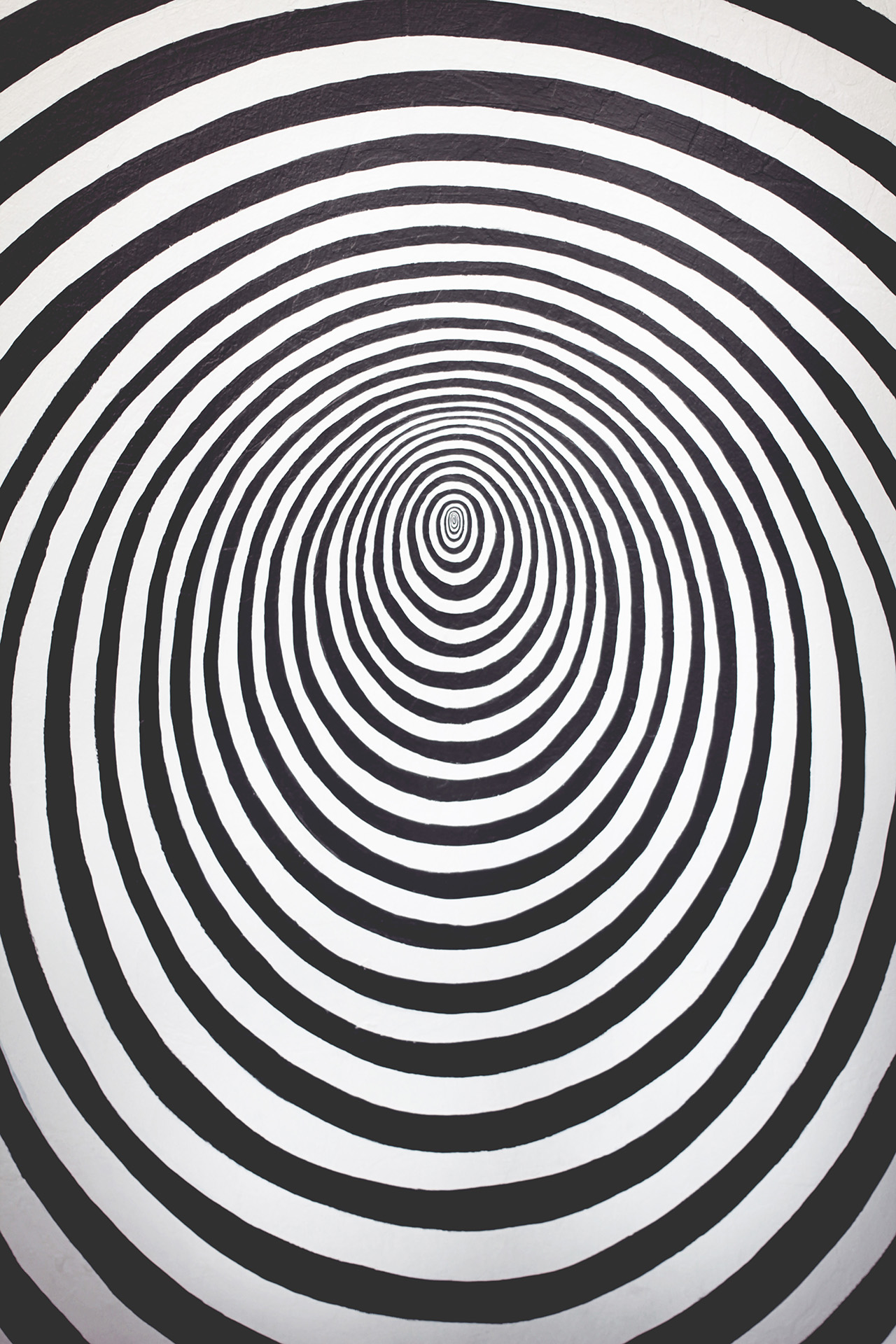
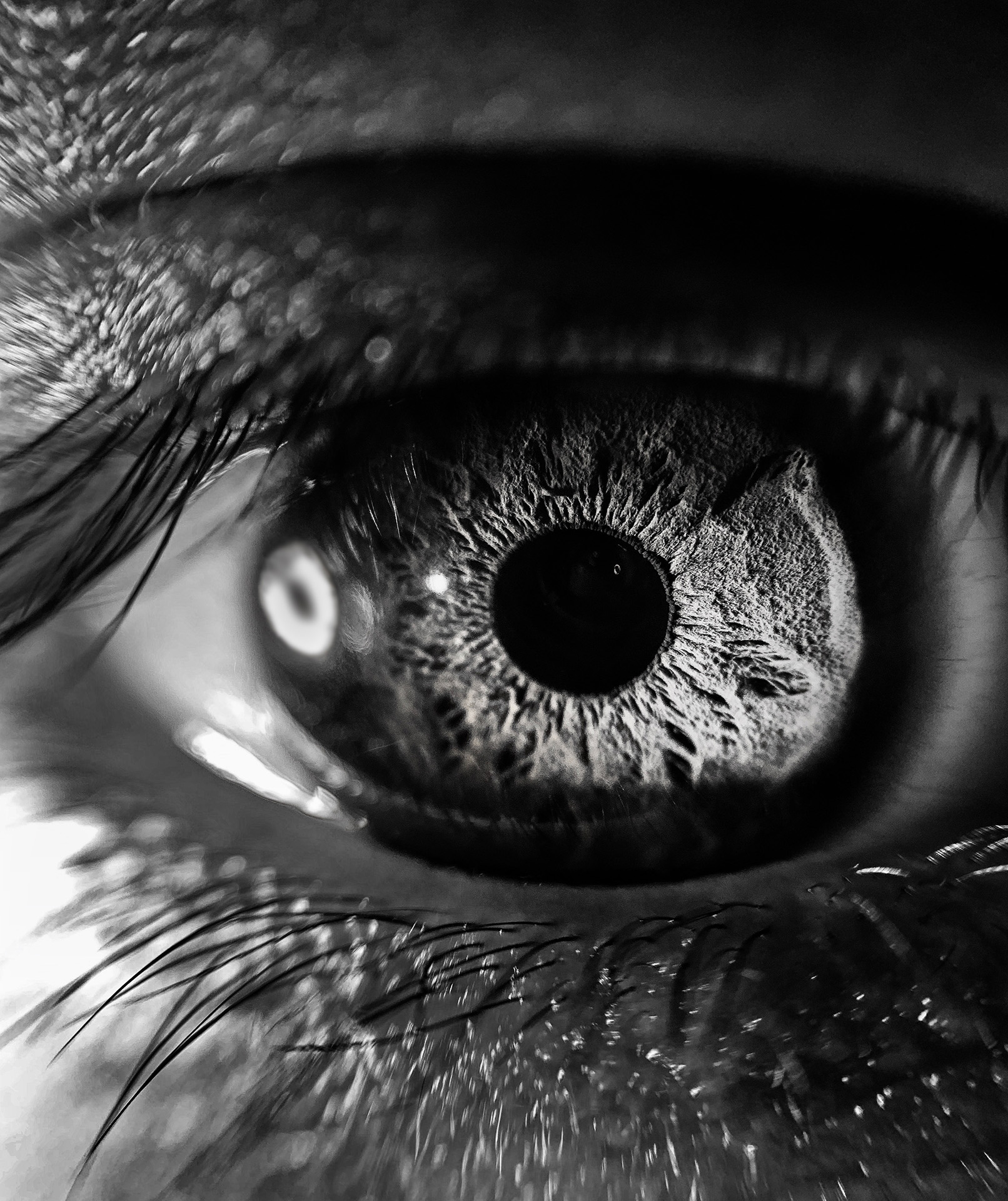
There are likely many effective ways to establish this connection. Here, I will share a piece of my own story without filters, as an exercise in personal honesty, to illustrate how I found my creative self.
I lived in Italy for nine years, five of which were spent in the countryside of Liguria. Those were delicate years dedicated to composition. I chose to live in the countryside, alone in a small house atop a hill, 800 meters above sea level, in a place called La Rocchetta. From there, I could see the white Alps of Carrara and the Mediterranean from Livorno to La Spezia. I wanted to dive into myself, to discover who I was, to embrace the anguish that accompanied me. My Pisces moon didn’t let me off the hook; I delved deep into it. Meanwhile, music guided my rebirth. Although it may seem contradictory, it was one of the most prolific periods of my life in terms of composition. I only paused to plant, as it was impossible not to fall even more in love with the Earth in that environment. I also harvested grapes and olives from September to November, and I played Brazilian music with my quartet in jazz clubs across Europe and with Bossa Nostra, an Italian band of which I was a part.
During that time, I became aware of the dynamics in my relationships with my mother, father, siblings, and other family members. I confronted traumas, abandonment, shortcomings, joys, art, music, potential, and disasters. I discovered myself. I realized how all these formative experiences had shaped my personality up until that point and how, somewhere hidden within, I suffered from not having embraced those events. Thus, I embarked on a process of separating facts from emotions, judgment from experiences, and purification. I needed to connect with my history to move forward because it had brought me to that point, but it didn’t allow me to expand, flow, grow, and shine. And within that context, shining, in my understanding, means creating.
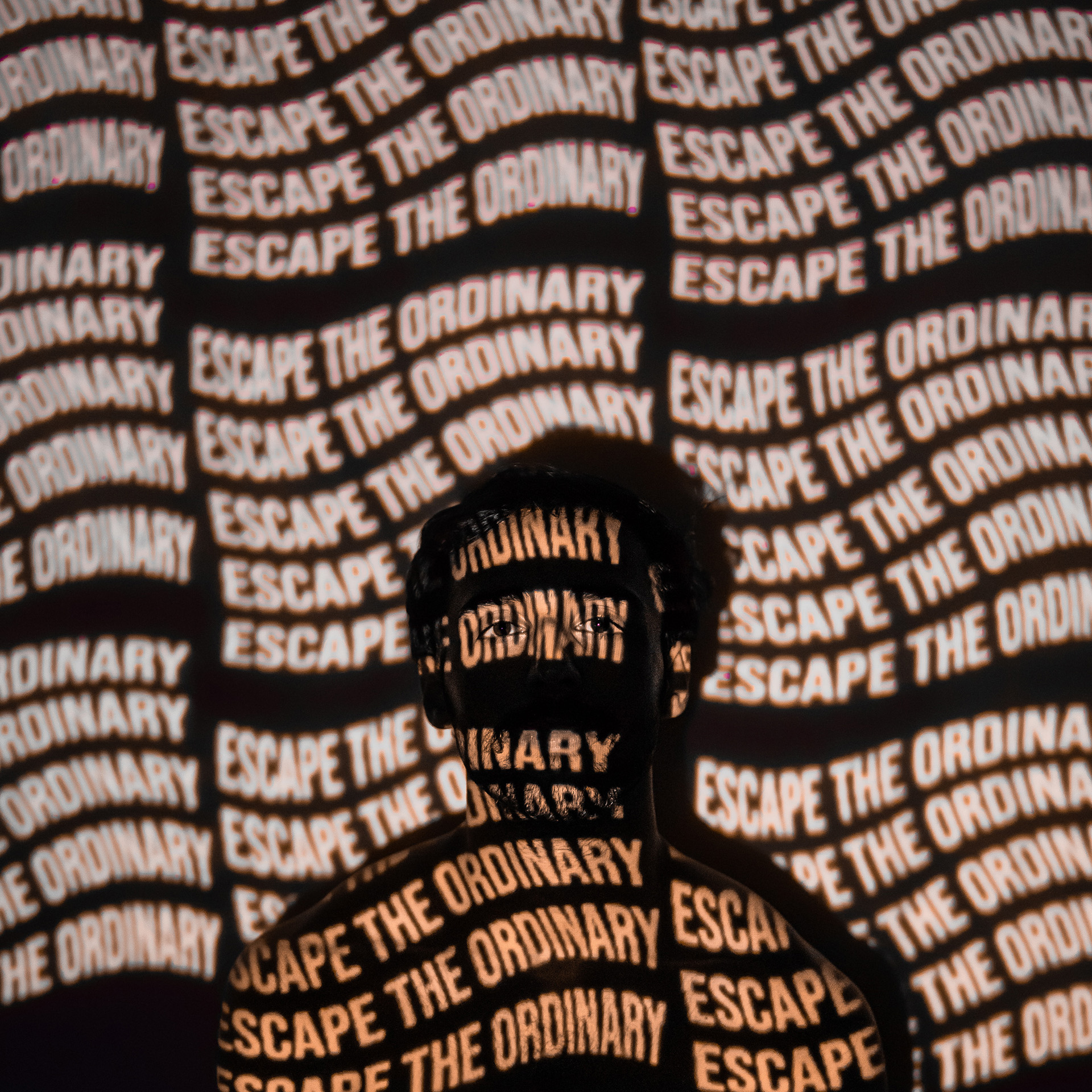

At that time, I didn’t have this clear equation in my mind: Emotional baggage taking up space vs. lack of expansion and creation. It simply hurt and became a song. Over time, I began to understand that the songs I composed represented the “illumination” phase of the journey—a time when I could transform the content into sound, words, and melodies, and finally express them through singing, voice, and the guitar. I would spend hours in front of the fire (the best TV there is), creating until something was born.
And so I remembered—processed—expressed, composed, and sang.
I always observed the state that the songs I composed left me in. Initially, most of the songs were melancholic. It was necessary, but I also wanted to activate other emotional centers. Occasionally, the light of expansion would appear, and I could observe how those songs made me happy, filled me with energy, and all I wanted to do was sing them and leap around in my field of sunflowers, which I planted right at the entrance of my house, next to my patch of arugula, fragrant tomatoes, and other vegetables. I also wanted to repair the stone wall that would occasionally crumble and the wooden cabin where I stored firewood for the fireplace. Some of these songs can be heard on my first album, such as “Menina de Vento” (“Girl of the Wind”). However, melancholy often prevailed, and all I seemed able to produce was sadness.
Here, I propose a maxim about highs and lows: Instead of “The higher you fly, the harder you fall,” I suggest “The deeper you go, the higher you soar.” Gradually, as I cleared space in my emotional hard drive, I was able to explore the sounds I referred to as expanded. You know that music that makes you want to fly? That expands your chest? Well, I wanted to reproduce that sensation in others, and it became a focal point of my songwriting. I showed the songs to friends, included them in my repertoire for the shows I performed, and observed how that sonic mass resonated with others. I think I specialized in that.
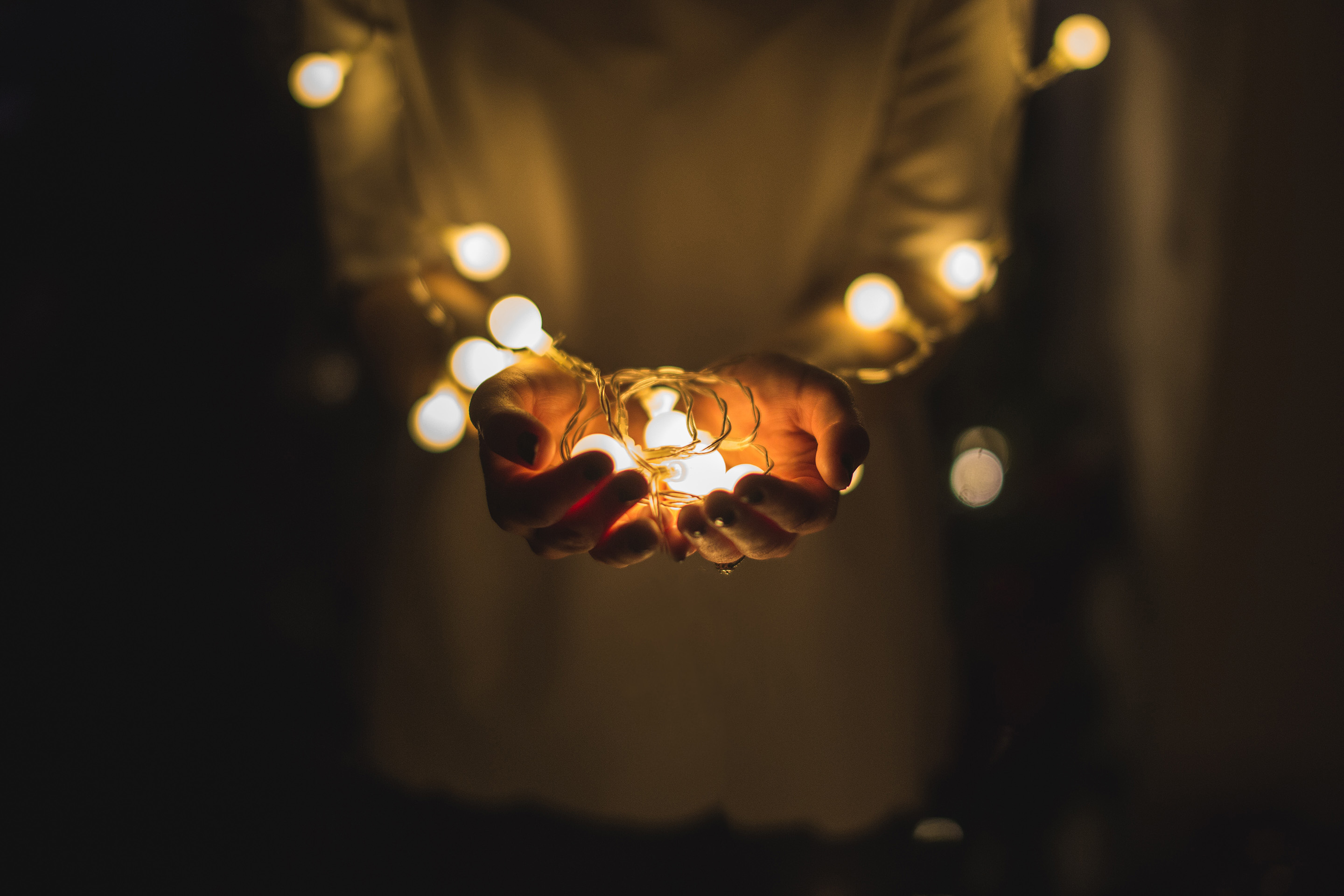
Today, I realize that opening my treasure trove of memories and experiences and purifying them through music released the energy that had been dammed up, preventing me from creating. I needed to redefine my story in order to expand and have more powerful experiences. I began playing with Bossa Nostra, recording an album with four of my own songs, touring Europe and the USA, performing at the Montreux Jazz Festival, and continuing on.
Years later, in addition to composing and recording my own songs, I develop sonic experiences for public spaces and stores where a large number of people pass through daily. At Zanna Sound, we specialize in Sound Branding, Music Branding, and Sound UX. Yes, because in addition to music, branding has been another area of interest of mine throughout my life. After going through strategic stages where we identify and create a precise sound branding brief, I compose the music that will resonate in those spaces. We design the voice, its tone, and precise way of speaking. We create experiences within the environment. In short, we fill various means of transportation and brands throughout Brazil with sounds and silences.
To compose, to receive a melody, to explore its harmonic possibilities, which are the climates and various emotional states that music can evoke, and then to think about the arrangement, produce, and witness the finished product—it is a gift! It transforms the day. I benefit greatly from the creative process. The music inhabits me for weeks, and when we go to the studio, everyone gets the music stuck in their heads, and before you know it, it’s in the minds of thousands of people. Thus, the sonic network begins, thus it expands.
My tools were the earth, fire, a few readings like Osho, and music. They were crucial in unearthing, liberating, and creating. By sharing this, I don’t mean to say that everyone needs to isolate themselves in the countryside with fire and music to be reborn. This was simply my process. Each person will find their own. But there is a crucial stage common to all, the moments when everything feels uncertain and dark. Just keep going! The results come with time, and remember:
"The deeper you go, the higher you soar."
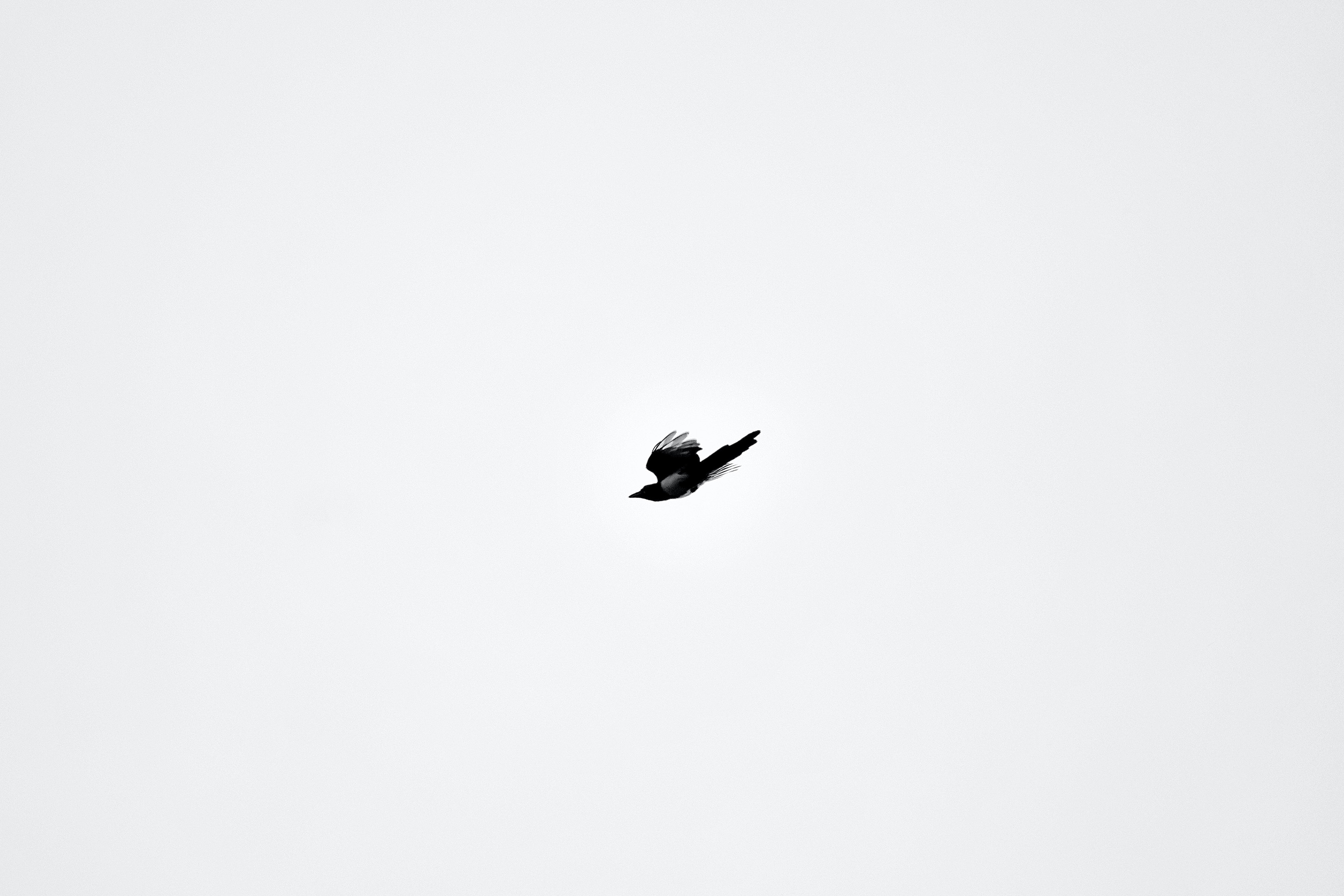
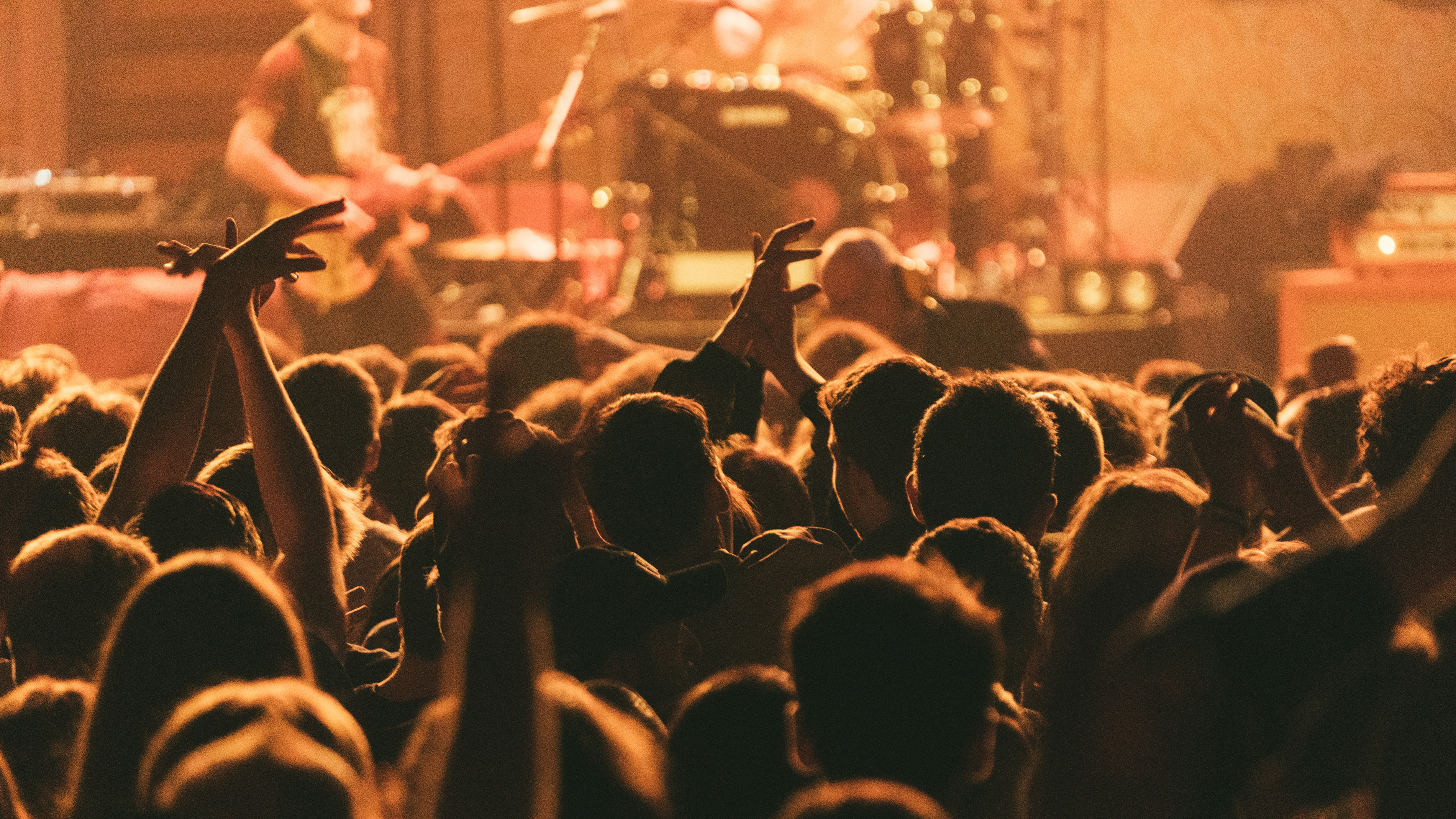
Next article
5 Examples of Music Branding and Its Strength in Brand Identity
Discover how the creation of musical identity has helped global companies expand their brands and turn customers into fans.
Read more